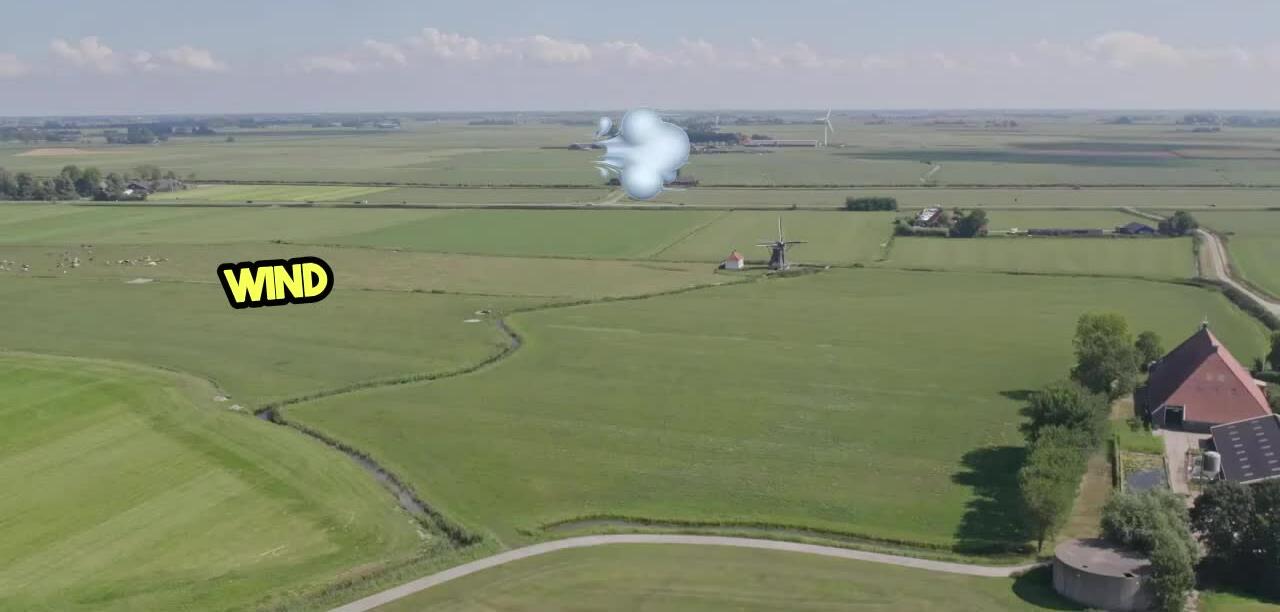Are you dreaming of energy independence and a sustainable lifestyle? Harnessing the power of the wind might be the answer. This guide explores the practical aspects of utilizing wind energy for self-sufficiency, offering a comprehensive overview of the process from initial planning to long-term maintenance. We'll delve into the various types of wind generators available, helping you choose the optimal system for your specific needs and location. Discover how to accurately assess your energy requirements, select the right generator size, and ensure proper installation for maximum efficiency.This guide will equip you with the knowledge to navigate the complexities of wind power, addressing crucial considerations such as initial costs, weather dependency, and noise levels. We’ll also discuss the benefits of integrating wind power with other renewable sources, like solar, to create a robust and reliable energy solution for your home or property. Learn how to unlock the potential of wind energy and pave the way towards a more sustainable and self-reliant future.
Pros And Cons
- Renewable and abundant energy source
- Independent from market fluctuations
- Reduces reliance on fossil fuels
- Low operational costs after initial setup
- Provides reliable power in emergencies
- High initial costs
- Weather dependent
- Can produce noise
- Aesthetic concerns
Read more: InnerVenue's Forever Battery: Revolutionizing Renewable Energy Storage
The Benefits of Wind Power for Off-Grid Living
Wind power presents a compelling solution for those seeking energy independence. Its renewable nature ensures a consistent energy supply, unlike fossil fuels which are finite and subject to price volatility. This reliability is crucial for self-sufficiency, providing a stable power source regardless of market fluctuations or geopolitical events. The abundance of wind energy makes it a sustainable and long-term energy option.


Types of Wind Generators
Several types of wind generators cater to different needs and locations. Off-grid systems are perfect for remote areas lacking access to the power grid, offering complete energy independence. Grid-tie systems connect to the main grid, allowing you to sell excess energy back to the utility company, blending self-sufficiency with grid connectivity. Direct drive systems offer simplicity and efficiency, particularly suitable for specific applications such as water pumping.



Choosing and Installing Your Wind Turbine
Selecting the right wind generator requires careful consideration of your energy needs, wind speed, and location. Higher average wind speeds equate to greater efficiency, so selecting an open site free from obstructions is key. Accurate energy consumption calculations will help determine the appropriate generator size. Proper installation is crucial for maximizing efficiency and longevity, involving site assessment, foundation construction, mounting, electrical connections, and regular maintenance.



Maintenance and Long-Term Considerations
Regular maintenance is vital for optimal performance and extends the lifespan of your wind turbine. This includes routine checks for wear and tear, cleaning blades, and lubricating moving parts. While wind power offers many advantages, factors like initial costs, weather dependency, and potential noise should be considered. Integrating wind power with solar energy can mitigate some of these issues, offering a more balanced and reliable power supply.



Conclusion: Is Wind Power Right for You?
Wind power offers a sustainable and potentially cost-effective solution for off-grid living. The initial investment can be significant, but the long-term savings and independence it provides are substantial. By carefully planning your system, considering your energy needs, and implementing proper maintenance, you can effectively harness the power of the wind to secure a reliable and sustainable energy future. However, careful consideration of weather conditions and location is crucial for success.

